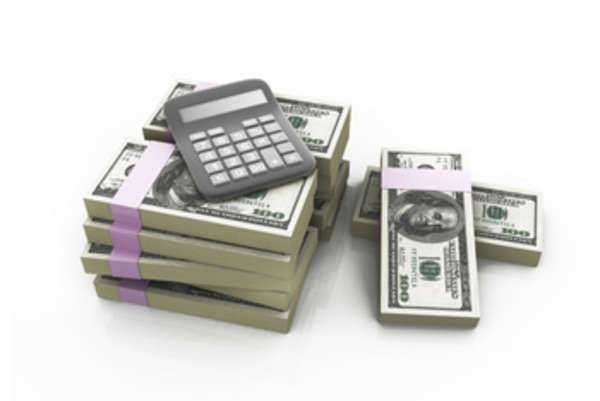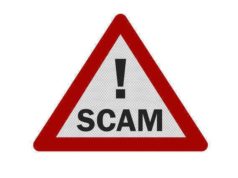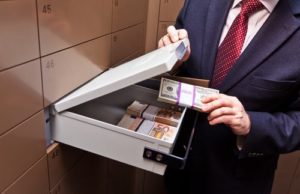
Individuals spend their life creating and building their credit. Having good credit allows for purchasing and loan opportunities. Protecting your credit is just as important as building your credit score. To fall victim of credit fraud or loan fraud could set back an individual's credit for years. Being aware and knowledgeable about the situations you use your credit card in or when applying for loans will help keep your credit safe.
Credit card fraud is a common practice by people who are looking to steal from others. There are many ways credit card fraud is done. Counterfeiting cards, lost or stolen cards, identity theft, no-card and non-receipt are the five most common ways of credit card fraud.
Counterfeiting cards has the highest rate of credit card fraud. This is when information is taken off of the magnetic strip and other security features such as the holograms are reproduced. Fake card readers are sometimes placed over real credit card readers and the salesperson will swipe and steal your information at the same time, right in front of you.
Having a card stolen, or even losing it, could result in credit fraud. Cards are taken from common places such as, the workplace, gym or an unattended car. Keeping your card in possession at all time will eliminate this risk.
However, even if you have your card in your hand, your card is still at risk. Giving your card number over the phone to a stranger or online could result in fraud. All someone needs to have is your card number and expiration date.
If a new or replaced card is in the mail, these could be stole as well. This is called non-receipt fraud. There is no paperwork that you received the card or that it had been shipped. Card companies have put activation processes in place to prevent this.
Identification theft is when somebody applies for a card using another person's information. This takes a lot of digging and time to get the necessary documents. This gives the criminal full access to all the victim's finances. A victim would have a harder time finding this fraud, which also makes it the most difficult to correct.
Not only can your credit be affected by credit card fraud, but also loan fraud. When getting a loan, one needs to research where the loan is coming from to find the credibility. Buying or leasing a home is where one needs to be aware of these traps.
Lenders, appraisers, mortgage brokers and home improvement contractors could all be sources for loan fraud. They find clients through newspaper and online advertisements, fake websites and telemarketing. When these fraudulent businesses receive interest, they take it to the next level. Clients are told this may be there only chance at a loan. Housing prices also can be listed more than the other houses around, or at the closing, the price is different than the one agreed upon.
Other tactics of brokers and agents are: creating fake appraisals, encouraging borrowers to lie on loan applications, lending more money than the borrowers could afford and placing higher interest rates based on race and ethnicity.
Buyers beware: if a deal looks to good to be true, it most likely is. Become aware of these traps and read documents carefully and do your own research.






















